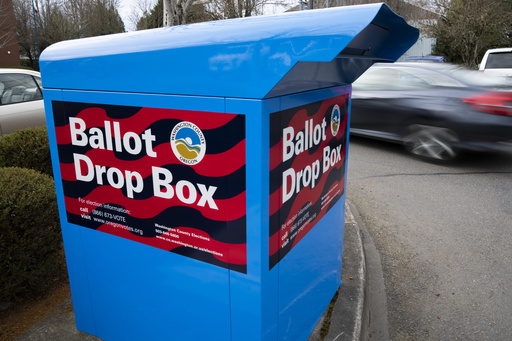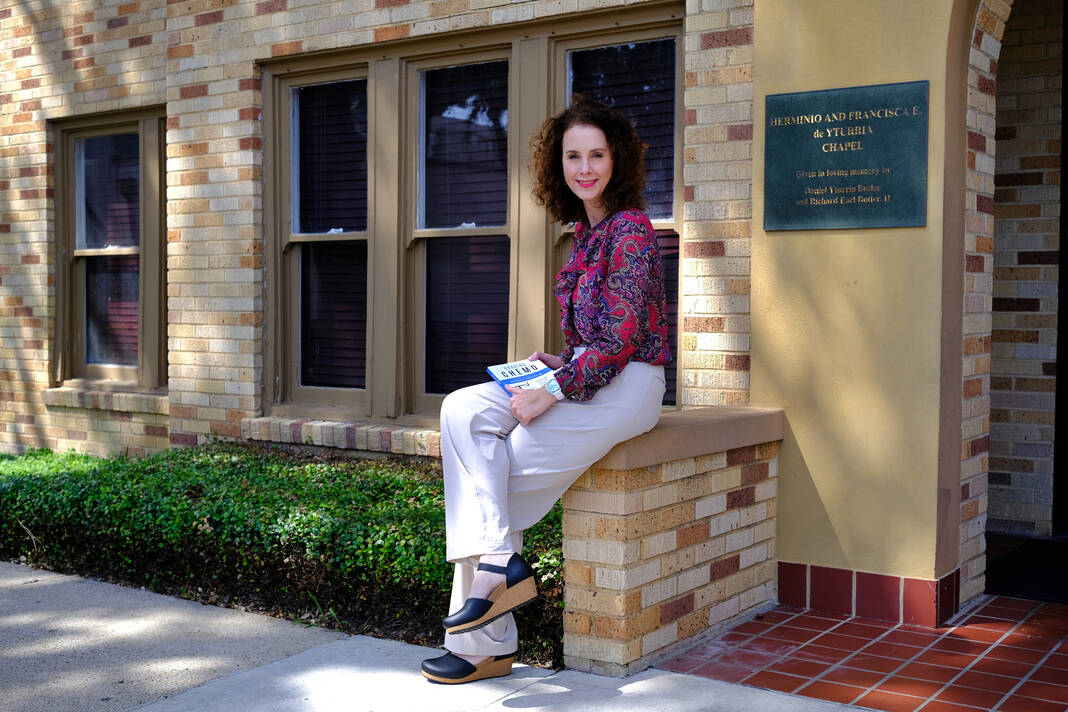The sixth test flight of Starship Super Heavy could launch from Boca Chica Beach as early as Nov. 18, though this time around the launch is scheduled for late afternoon rather than early morning as with previous Starship flights, according to SpaceX.
As currently scheduled, a 30-minute launch window will open at 4 p.m., with a live webcast of the launch starting approximately 30 minutes before liftoff.
“As is the case with all developmental testing, the schedule is dynamic and likely to change,” the company said.
Starship’s fifth flight, on Oct. 13, SpaceX described as a “seminal moment in iterating towards a fully and rapidly reusable launch system.”
The company succeeded in its first attempt to return the stage-one Super Heavy booster to the launch pad and catch it with mechanized arms attached to the launch tower, as opposed to landing the booster offshore as with previous flights.
Stage-two Starship underwent several design improvements for the fifth flight, “resulting in a controlled entry and high accuracy splashdown at the targeted area in the Indian Ocean,” SpaceX said.
Moving the launch to the afternoon means Starship will reenter the atmosphere over the Indian Ocean in daylight, making for better visual observation, the company said.
The company’s overarching goal is rapid retrieval and reuse of Starship and Super Heavy in order to slash the cost of operations. With Flight 6, the aim is to “expand the envelope on ship and booster capabilities and get closer to bringing reuse of the entire system online,” SpaceX said.
Objectives for the next test flight include a second booster catch, reigniting one of Starship’s six engines while in space and “testing a suite of heat-shield experiments and maneuvering changes for (Starship) reentry and descent over the Indian Ocean,” the company said.
Successfully catching the booster on Oct. 13 provided the feasibility of the design, while data generated during the flight will be used to make more improvements to hardware and software, SpaceX said.
“Hardware upgrades for this flight add additional redundancy to booster propulsion systems, increase structural strength at key areas and shorten the timeline to offload propellants from the booster following a successful catch,” the company said.
As with Flight 5, an attempt to catch the booster won’t be made without “healthy systems on the booster and tower” and a final, manual command from the mission flight director, SpaceX said. Otherwise, the booster will “default to a trajectory that takes it to a landing burn and soft splashdown in the Gulf of Mexico, the company said.
“We accept no compromises when it comes to ensuring the safety of the public and our team, and the return will only take place if conditions are right,” SpaceX said.
As the returning Super Heavy decelerates from supersonic speed, sonic booms will be audible in the area around the landing zone, the company said.
“Generally, the only impact to those in the surrounding area of a sonic boom is the brief thunder-like noise with variables like weather and distance from the return site determining the magnitude experienced by observers,” SpaceX said.
The post SpaceX eyes Nov. 18 launch; second booster catch attempt will be made appeared first on MyRGV.com.
 (2).png)
 2 days ago
17
2 days ago
17








 English (US)
English (US)